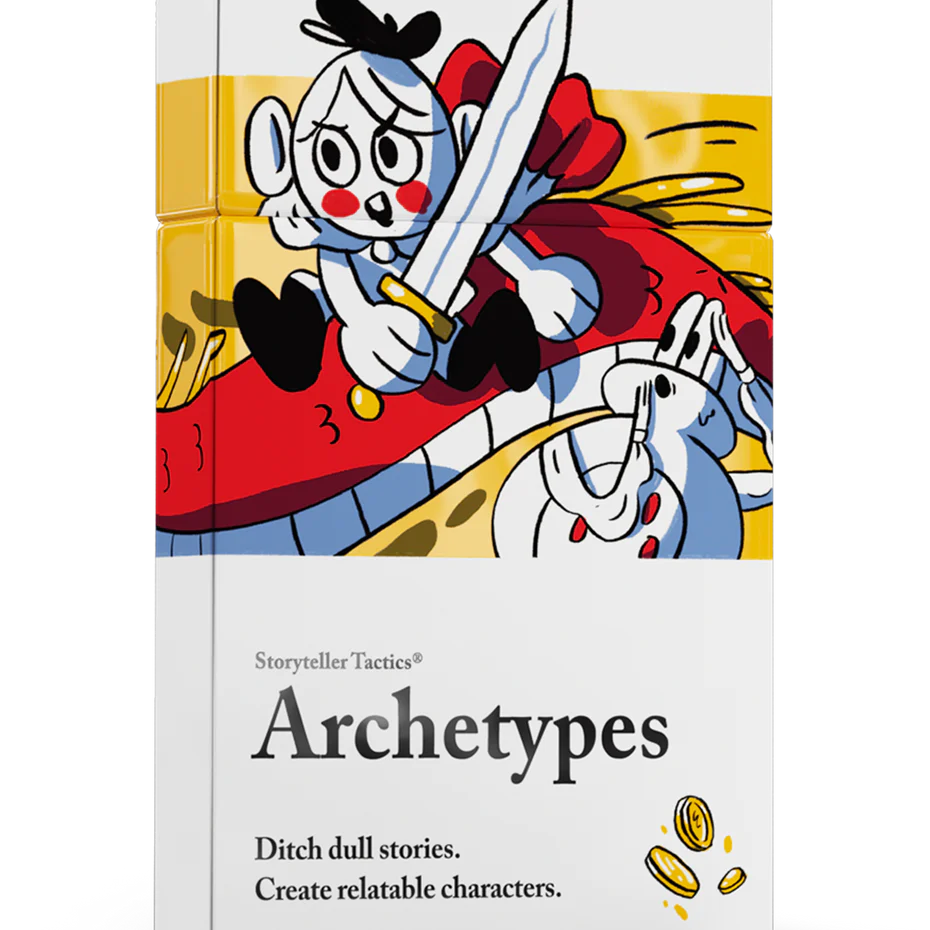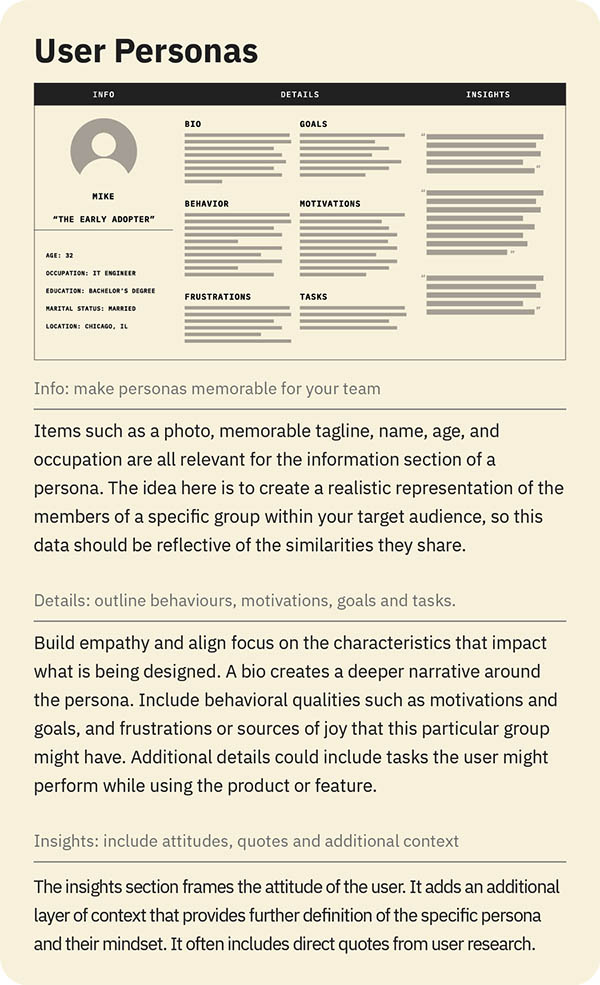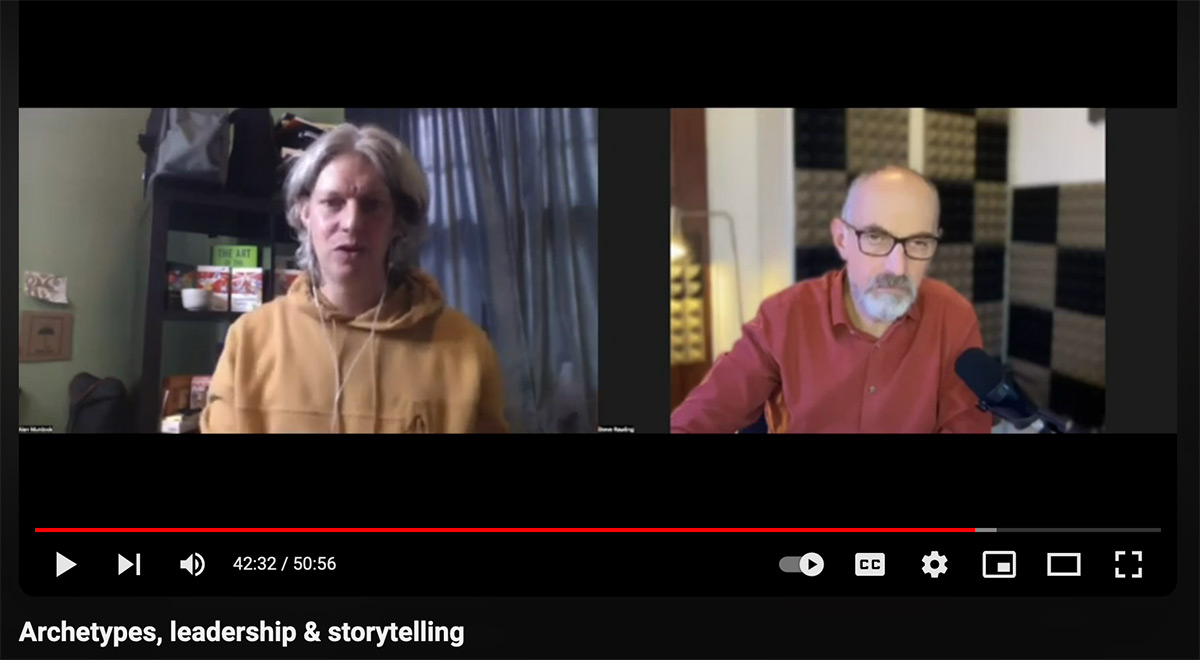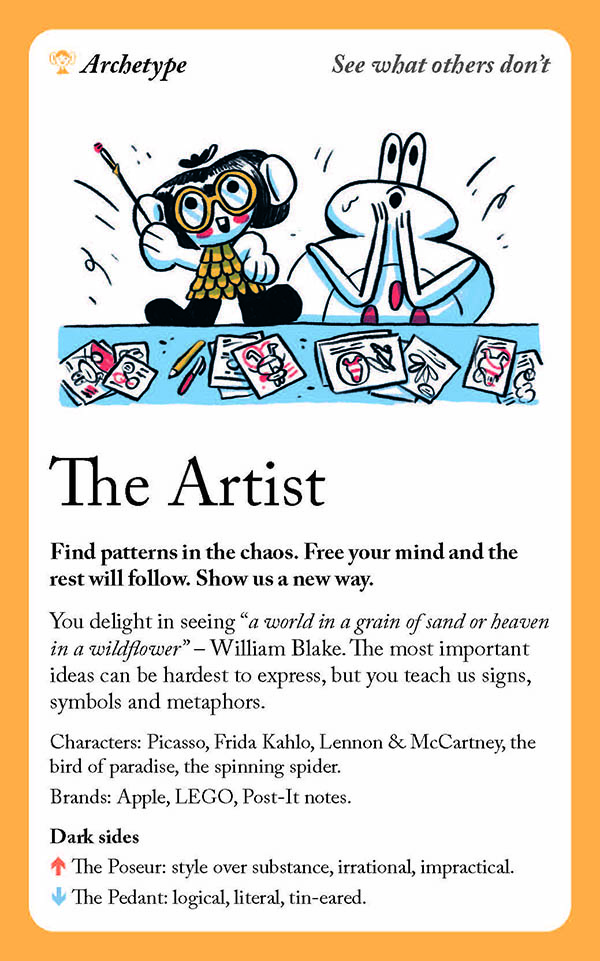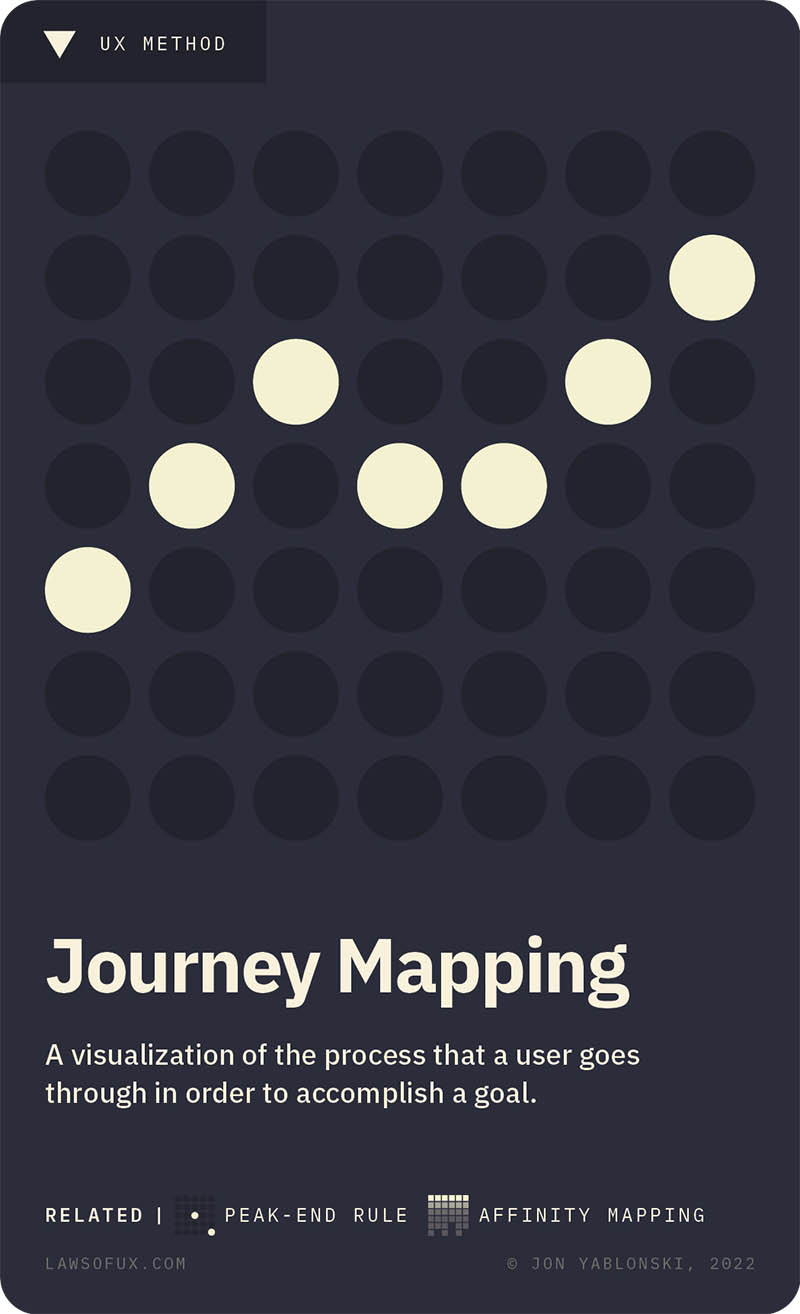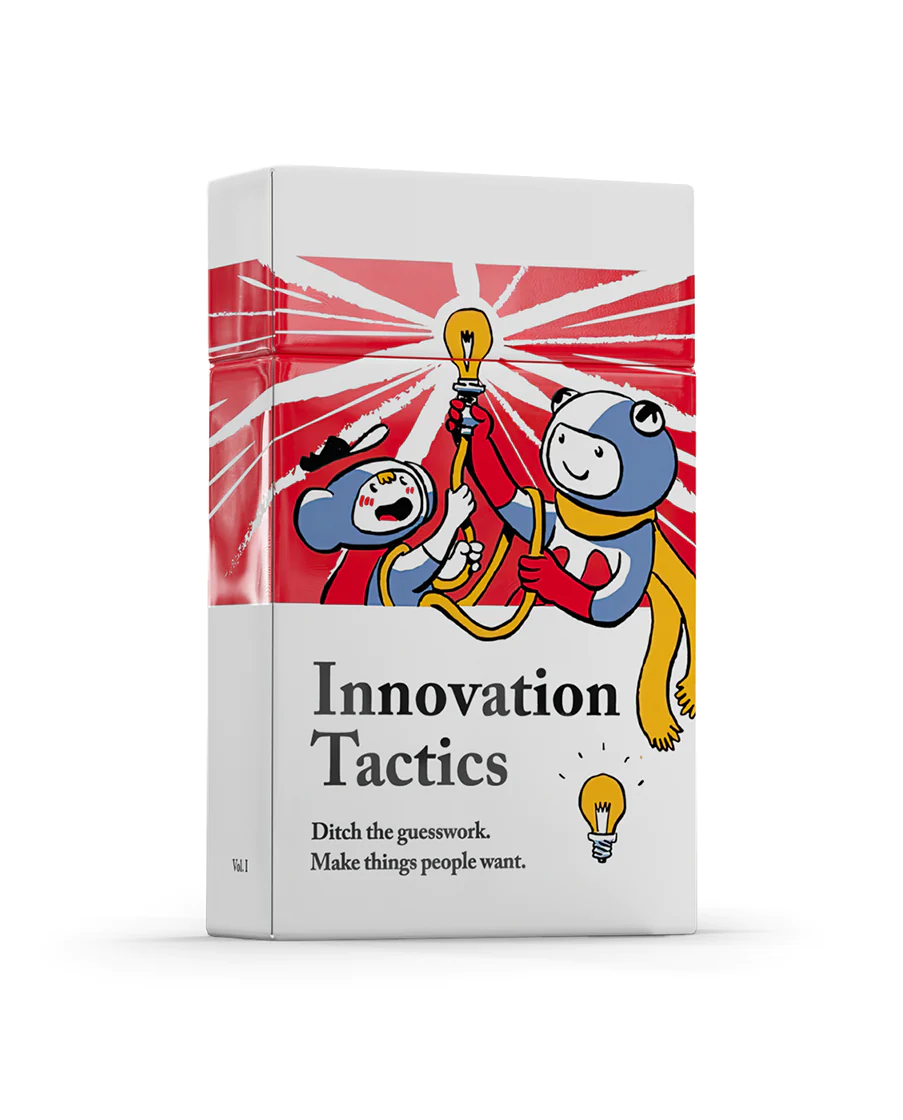Can Archetypes influence the Laws of UX?
Diversify your perception of “users” with Pip Decks Archetypes
One of the largest challenges for user experience design is the assumption that “users” are a uniform group of people. Doesn’t everyone want the profile icon in the upper right-hand corner? “Users” aren’t actually “users,” unless they come with their own vintage 1970’s “gear.” In reality, “users” are “people,” and people are as varied as the population.
But how do user experience (UX) designers respond to the reality of potentially millions of unique individuals who may interact with your design?
In the Laws of UX deck by Pip Decks (get yours with our affiliate link), the deck addresses features that are largely universal, like human’s propensity to group things within a shared region (Law of Common Region), as well as the principle (Jacob’s Law) that people transfer expectations from other locations to yours – so if the cash registers are at the front of the store in all other shops, customers may feel disoriented if yours are at the back of the store.
User Experience designers commonly recognize differences among people through user interviews, persona creation, and journey mapping, but in most cases the goal is winnowing down variety to the single design choice that will be adopted by the most people and that will result in dissenters being ignored. That’s not always the case, but in app and website design, where UX rules the roost, one universal, finished design is the goal. Differences are identified more for marketing asking “why” a demographic will use the product rather than designers asking “how” unique demographics will engage with the design.
Instead of winnowing user stories down to a single thread, the use of archetypes can help to increase awareness of the diversity of use, opening up new possibilities in design.
What are archetypes?
Archetypes are a way of framing deeply rooted personality types that can act as drivers or motivators for individuals and groups of people. For example, spartan race runners and sales team members can share a drive to succeed and win over unrelenting odds as exemplified in the archetype of the warrior.
On the other hand, a peace activist might come across as so innocent as to be naive, but so could an intern at a large attorney’s office.
There are twelve archetypes in the traditional Jungian system, and they can be applied to a variety of purposes, from personal development to brand character work, and on to the assessment of user groups and customer profiles. In UX work, they can help to bridge the gap between everyone being unique and individual, and the urge to winnow down to a single user profile.
Join Pip Decks author Steve Rawling and Murdock Media Production Founder Alan Murdock exploring character development using the Pip Decks Storyteller Archetype cards.
What’s behind the urge to create a single user profile?
There are a few reasons why UX work so often aims to create a singular outcome. One is cost management and the profit imperative, but another, possibly stronger drive is to assume that people engaging with a design will do so logically.
“What does the user want to do? They want to pick and sort among the products, make a selection, and move smoothly on to purchase.”
It’s a nice idea, but many a company has created a streamlined process only to see no sales. When this happens, products get pushed to the marketing department to come up with a viable and relatable story to motivate the prospect to enter the already established, pre-determined efficient purchase funnel.
Use emotional drivers to force people into the logic of a purchase… Hmm….
Let’s imagine that our customer base are made up of artists (another archetype)- these are people that like to get their hands into things and be creative, that also show significant rebel traits (another archetype). When people like to get their hands on things and they don’t like to follow the rules… could this be our “hacker” group?
So, how do developers respond to hackers? One pathway is to ramp up barriers to modification. Another is to create an “open source” or “developer” channel for those who like to tinker and make their own things.
Within a group of people who are interested in your design or your offer, there are those with competing interests. Some people are integrators who want to see how your design fits in and takes an obvious place in their everyday lives. Others want to break it open to see what they can do with the insides. Still, others want to use your design or offer in a proprietary way to empower their ability to lead or influence others.
Using Archetypes in User Personas creation and Journey Mapping
Personas are most often created using consolidated demographic and psychographic traits of a group of interview subjects, combined with insights from third-party data and environmental scanning.
Adding archetypal traits to user personas can help to identify the variety of drivers that may result in different outcomes. It makes the personas less passive because they get some motivators and drivers that empower the passions behind what can otherwise become a pretty stale profile.
In fact, it can create a family of characters that you can take into your journey map. Think of the Lord of the Rings. Mr. Baggins is guided by Gandalf, but joined by a band of rather varied characters that go on the journey together. Each has his, her, or their own motivations and goals, just as people engaging with a design each have their own objectives.
Journey mapping can become more dynamic with Archetypes
When mapping out a journey, archetypes help you frame the same touchpoints through various perspectives. Think of a family going on vacation to California in a minivan. The youngest child (innocent) wants to go to Disneyland, one parent (caregiver) wants to see their parents ( while the other (leader) dreads being stuck with the inlaws making all of the decisions. The teenager (rebel/companion) wants to stay home and have their friends over.
So, this band of people pull off the road to fuel up and eat along the way. The touchpoint, the truck stop, can provide a variety of ways of engaging, solutions to problems (food, fuel, snacks), and opportunities for engagement and entertainment.
By adding archetypal motivators to personas and creating multiple personas—say, create a group of characters that share the same general persona but with a different archetypal driver—it’s possible to imagine a broader range of ways people will engage with the designs you create. Isn’t that the real intent behind User Experience research and design?
Learn more about User Experience by purchasing the Laws of UX deck! Get the Archetypes deck and deepen your audience research. Add Innovation Tactics for a deep dive into building products and services people need, along with strategies for solving needs people don’t even know they have.
Want to learn brand development?
In addition, increase your ability to create brand platforms and brand communications frameworks by taking my class: Brand Building to Create a Big Impact.
Stay Connected with Murdock Media Production!
If you like this content, subscribe to our YouTube channel for more on story archetypes, brand storytelling, and brand development.
And drop me a line with the form below to let me know how your brand building is going. I look forward to seeing how you discover your brand and go with your audience on your own unique journey.

